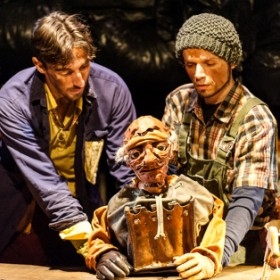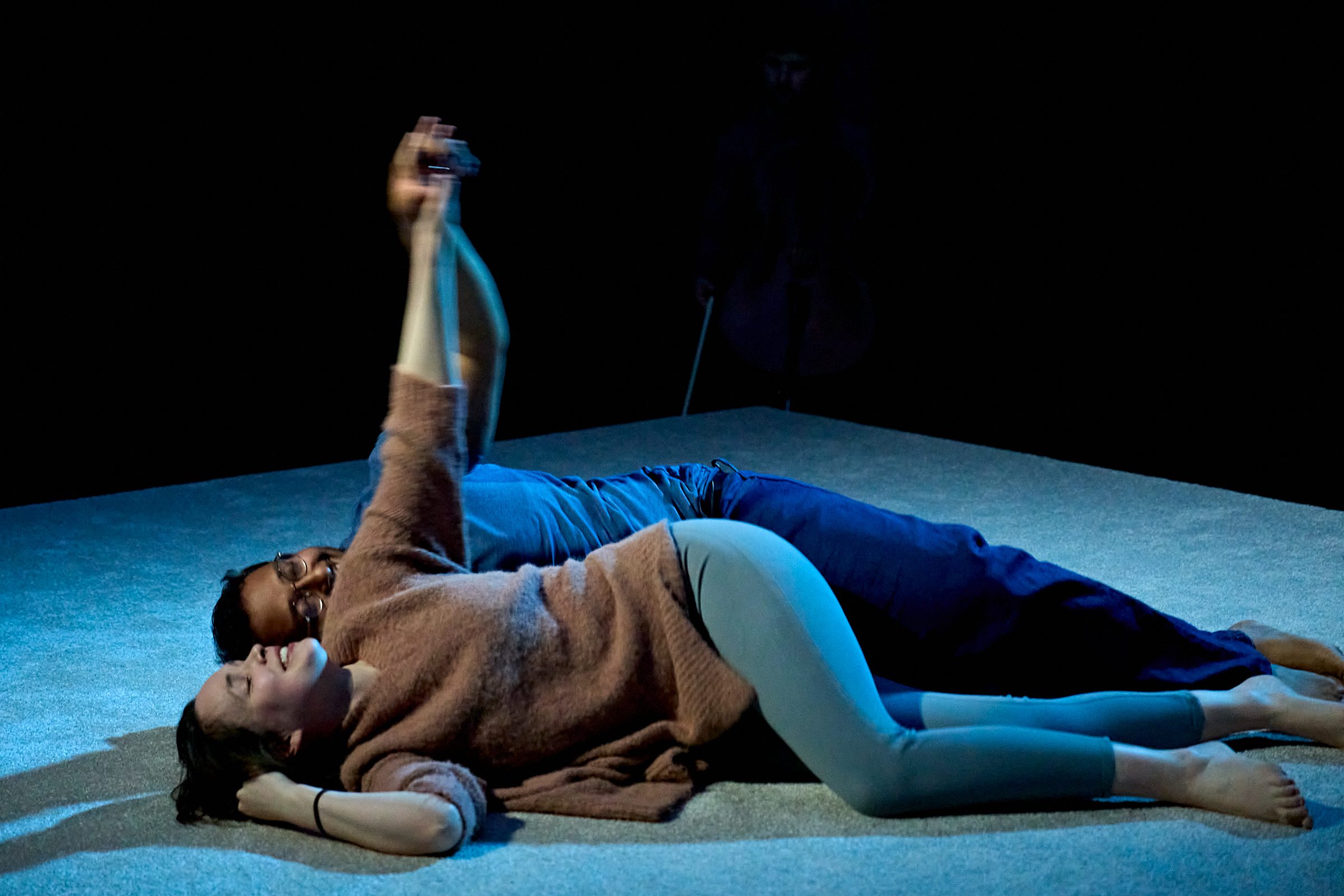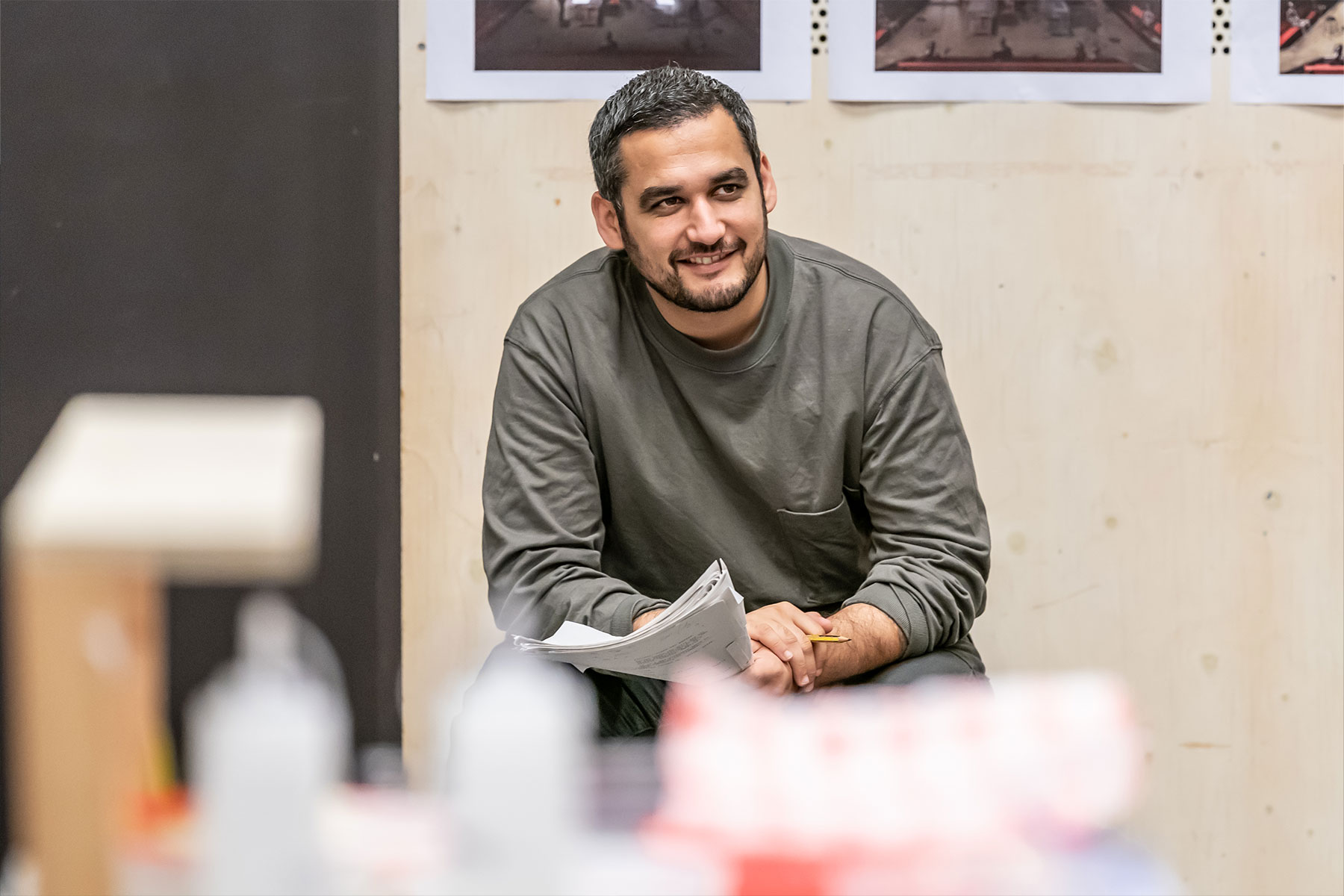Catherine Love: Theatre puppetry – not just for kids

Mention the word puppets and you might think Sooty and Sweep, or the eternally popular antics of The Muppets. But puppetry, as I’ve increasingly appreciated over recent years, is far from being restricted to children’s work and knockabout comedy. As Handspring Puppet Company have brilliantly demonstrated with their work on War Horse, puppetry is a genuine art, capable of capturing life and animating the stage.
For further illustrations of puppetry’s variety and versatility, you don’t need to look much further than the Little Angel Theatre, which has been working exclusively with the form for more than 50 years. The cosy little venue presents a charming and imaginative range of work for children, but it also creates a number of ingenious and intriguing shows for adults. My last trip to the theatre, for instance, was to see a trimmed down version of Macbeth, which used a cast of bird puppets to create a surprisingly atmospheric interpretation of the Scottish Play.
As well as being visually exciting, puppetry has the ability to engage with difficult and complex subject matter, often in surprising or inventive ways. In recent years, the Suspense festival has done a good job of showcasing puppetry’s full range, with a deliberate focus on work for adults. Previous Suspense offerings have explored grief, apocalypse and immigration, to name just a few examples. Another striking example is an Iranian production of The House of Bernarda Alba that appeared the 2011 festival, bringing the political potential of puppetry to the fore. In a nation where censorship is strict and contact between male and female performers is forbidden, puppetry offers a visual and symbolic language that is able to bypass the censors and carry truly radical intent.
Meanwhile Rubbish, the Theatre Rites show for children that is currently running at the Southbank Centre, uses puppetry to demonstrate the value of the things we throw away, implicitly questioning the destructive churn of material culture. Scraps of worn leather transform into a shoemaker and a duckling is created from old tea things. It may be for kids, but its message about waste is far from trivial; this is, after all, from a theatre company who previously attempted to explain economics to youngsters.
Then there’s Avenue Q, the hugely popular Broadway and West End musical which is being brought back to the stage later this month by Sell a Door Theatre Company. These puppets, who share their musical musings on love, life and porn, are certainly not child friendly. And even if the ultimate aim of the show is to get a big belly laugh out of its audience, it also lightly touches on real life questions and concerns (I’ve been asking myself "what do you do with a BA in English?" for three years now).
This may all sound like a reiteration of the obvious, but there is a more insidious side to the denigration of certain popular art forms, of which puppetry is one. It all feeds into the kind of low art/high art divide that pits high brow culture against popular entertainment, all the while dismissing the possibilities of the various different forms in question. Puppets can be funny, as The Muppets are all too good at reminding us, but puppetry can also be delicate, heartbreaking and intellectually complex. Just like any art form, then.










